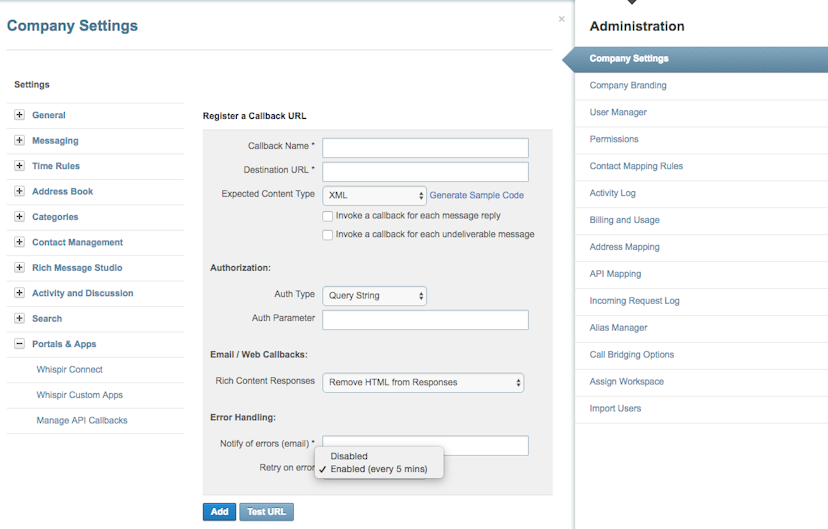Effective patient-provider communication is about more than just providing patients with the best possible experience. Executed correctly, healthcare communication can drive efficiencies, reduce costs and improve the level of care you provide.
By taking an omnichannel approach to your healthcare comms and meeting patients on their preferred channels, you can address common communication challenges faced by providers and create a more integrated care experience.
Here’s how an omnichannel approach can help streamline your healthcare delivery:
Reduce appointment no-shows.
Missed appointments are a significant challenge in healthcare, leading to disruptions in patient care and millions of dollars in wasted resources every year.
The good thing is, reducing the number of appointment no-shows you get is a fairly quick fix…
Simple SMS and email booking reminders enable you to send timely and consistent reminders to patients that will help jog their memory and increase the likelihood that they attend their appointments.
Integrating these reminders with your existing systems also allows patients to easily confirm or reschedule, streamlining your operations and ensuring better resource management.
This not only improves attendance rates but also enhances the overall patient experience, making your healthcare delivery more efficient and effective.
Patient Follow-up
Following up with patients after treatment is essential for ensuring they receive the care they need and for monitoring their recovery. However, manual follow-up processes can take up precious staff hours and open the door to human error which can be counter intuitive.
Automating your follow-ups via SMS, email or voice messaging helps improve adherence to treatment plans, drives patient outcomes and also frees up your staff to focus on more critical tasks that demand their attention.
External after-care management can also be facilitated, with rich multi-channel messaging allowing patients to interact with the message and confirm their health status without the need for manual intervention.
Key benefits are aligned to cost savings and efficiency from contact centre operations, as well as increased organisational efficiency with nurses, doctors, and other medical staff able to concentrate on patient care instead of administrative tasks.
Best Practice Omnichannel Engagement Insights
To really reap the rewards of omnichannel communication in healthcare, it’s essential to adopt strategies that maximize patient engagement and streamline operations.
Here are some best practices to help guide your approach:
Meet Patients on Preferred Channels:
Send messages to your patients in the way that suits them, whether that’s voice, SMS, Social Media, Rich Messages, or email, to improve the rates of delivery. Knowing that recipients will almost always have their mobiles close allows organisations to provide messages on all these channels.
Automated and Integrated Messages:
Incorporating secure messaging systems through API integration with other customer-facing and internal technologies such as EHR, patient management, CRM, billing, and related databases reduces the need for manual intervention. This facilitates options for a range of automated, high-value communications options, including:
-
Constantly updated patient self-service portals;
-
Organisation-specific mobile health applications;
-
Remote area and regional patient management;
-
Automated surveys for generating feedback after treatment; and
-
Reducing costs, by lessening reliance on manual and high-cost channels such as call centres.
Unified Communications:
Combining all of these communications streams into a single platform, with a central reporting dashboard improves cut-through in the delivery of messages and provides a mechanism for tracking all critical communications, giving recipients a way to respond appropriately. This allows informed, real-time decisions to be made from these conversations.
Embracing an omnichannel approach to healthcare communication is more than just a strategy—it’s a necessity for modern healthcare delivery. By integrating SMS, email, voice messaging, and other channels, healthcare providers can ensure timely, effective, and patient-centered communication.
This comprehensive approach transforms the patient experience, enhances care coordination, and optimizes resource management across the board.
Keep an eye out for our next blog post that will look into several internal use cases where omnichannel communication can help healthcare providers streamline their workflows!











